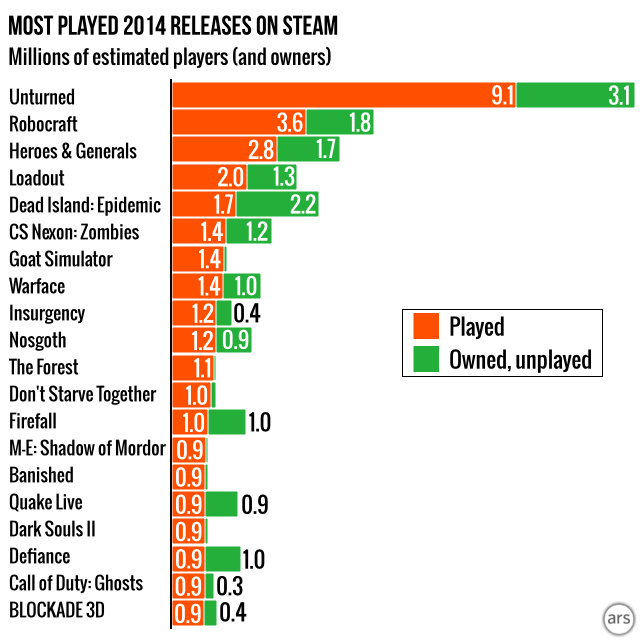

That is, they lie below the main-sequence curve on the Hertzsprung–Russell diagram for newly formed stars.

īoth stars were considered unusual because they were thought to have had a lower luminosity than is normal for main-sequence stars of their age and surface temperature. Two possible explanations are: during the star's formation it underwent multiple intense bursts of mass accretion from a rapidly rotating protostellar cloud, or else the star underwent rotational mixing brought on by a period of rapid rotation during the star's youth. For reasons that remain uncertain, ζ 1 has an anomalously low abundance of beryllium. The two stars are somewhat deficient in metals, having only 60% of the proportion of elements other than hydrogen and helium as compared to the Sun. ζ 2 is slightly larger and more luminous than ζ 1, with 99% of the Sun's mass and 88% of the Sun's radius. ζ 1 has 96% of the Sun's mass and 84% of the Sun's radius. Their stellar classification is nearly identical to that of the Sun. īoth stars share similar physical characteristics to the Sun, so they are considered solar analogs. The distance between the two stars is at least 3,750 AU (0.06 light-year, or almost a hundred times the average distance between Pluto and the Sun), so their orbital period is 170,000 years or more.

They have an angular separation of 309.2 arcseconds (5.2 arcminutes) far enough apart to appear as a close pair of separate stars to the naked eye under suitable viewing conditions. The two stars are located at similar distances from the Sun and share the same motion through space, confirming that they are gravitationally bound and form a wide binary star system. ζ 2 Reticuli is slightly brighter at magnitude 5.22.

ζ 1 Reticuli has an apparent magnitude of 5.52, placing it on the border between 5th- and 6th-magnitude stars. In dark southern skies, the two stars can be viewed separately with the naked eye, or with a pair of binoculars. The double star Zeta Reticuli is located in the western part of the small Reticulum constellation, about 25 ′ from the constellation's border with Horologium. Subsequently, the two stars received separate designations in the Cape Photographic Durchmusterung, which was processed between 18, then in the Henry Draper Catalogue, published between 19. The Bayer designation for this star system, Zeta (ζ) Reticuli, originated in a 1756 star map by the French astronomer Abbé Nicolas-Louis de Lacaille. At a declination of −62°, the system is not visible from Britain's latitude of +53°, so it never received a Flamsteed designation in John Flamsteed's 1712 Historia Coelestis Britannica.


 0 kommentar(er)
0 kommentar(er)
